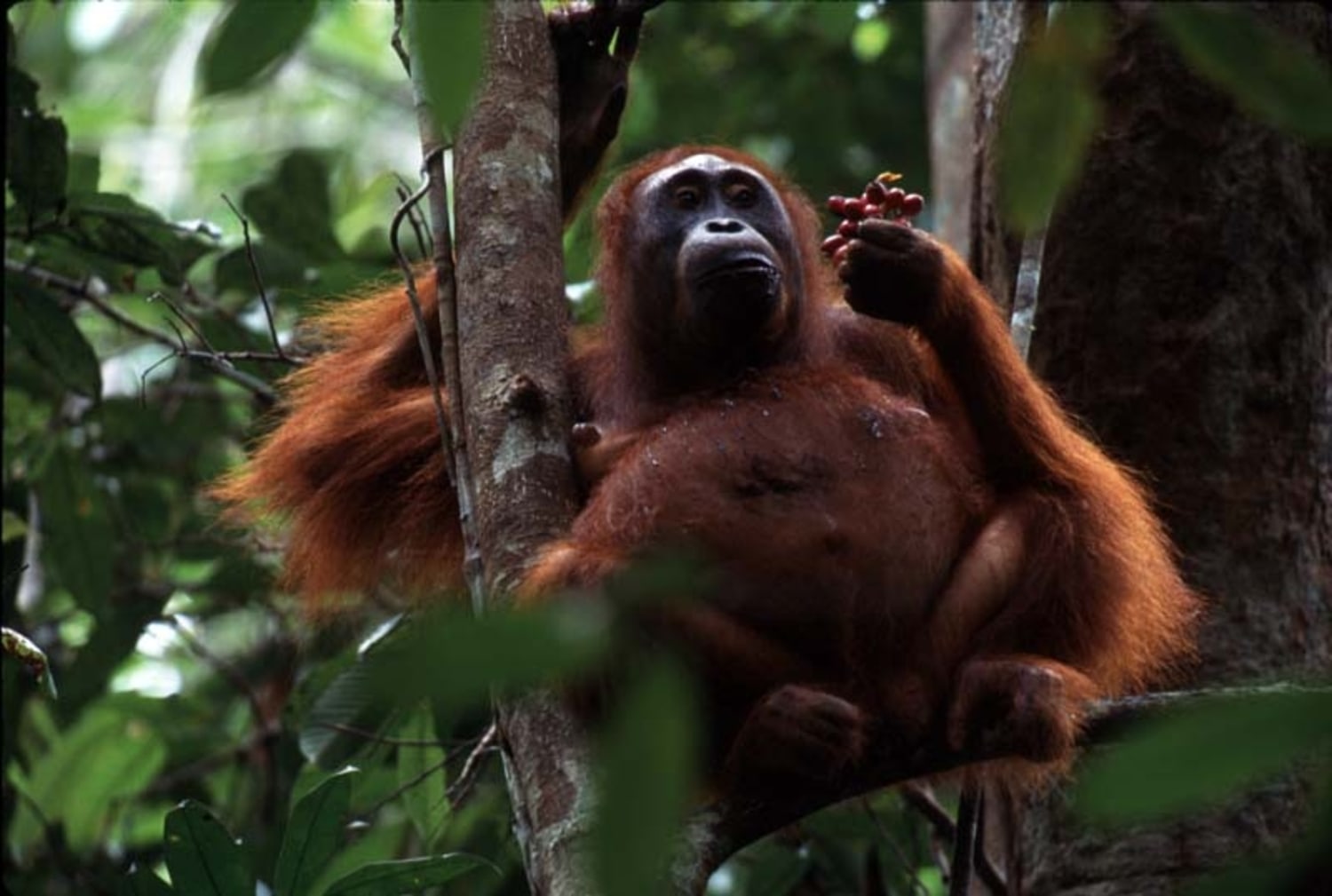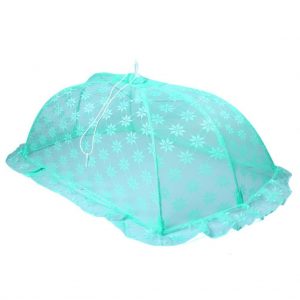Owl Colors
Exploring the Diverse Palette of Owl Colors in Nature
Owls are enchanting birds of prey that capture the attention of bird enthusiasts and the general public alike. Known for their mysterious nocturnal habits and haunting calls, owls also exhibit a fascinating array of colors in their plumage. In this article, we will delve into the various hues and patterns that adorn these birds, discussing how these colors not only contribute to their beauty but also serve as critical adaptations for survival in the wild.
Table of Contents
- Introduction to Owl Colors
- The Significance of Color in Owl Species
- Common Owl Colors
- Rare and Unique Owl Colors
- Understanding Eye Colors in Owls
- Color Polymorphism in Owls
- FAQs About Owl Colors
- Conclusion

Introduction to Owl Colors
The Significance of Color in Owl Species

Colors in owls serve a variety of functions, from signaling their hunting habits to blending into their habitats. Not only do these colors provide aesthetic appeal to human observers, but they also play a pivotal role in the survival strategies of these magnificent creatures.
Common Owl Colors
Brown Owls: Masters of Camouflage
Brown is the most prevalent color among owl species. The shades range from a light tawny to a dark chocolate, allowing these birds to remain inconspicuous against the bark of trees and forest landscapes.
The Mystique of White Owls
White owls, such as the iconic snowy owl, possess a stunning white plumage that reflects their adaptation to snowy environments. Their feathers provide both insulation and camouflage against the icy terrain they inhabit.

Rare and Unique Owl Colors
While brown and white are the norms, owls can also showcase a kaleidoscope of other colors, including:
Where Is Barley In Walmart Other Grocery Stores
- Gray: Evokes the image of twilight and enables owls like the Great Gray Owl to blend with the dimming light.
- Rufous: A deep, rich red-brown hue found in some owls which aids in concealing them in rust-colored foliage.
Understanding Eye Colors in Owls
Owl eye colors range from a deep onyx black to a strikingly bright yellow. The color of an owl's eyes can allude to its preferred hunting times—darker eyes for nocturnal hunters and lighter eyes for those active at dusk or dawn.
Color Polymorphism in Owls
Some species, like the Barn Owl, display significant variability in their plumage colors, referred to as color polymorphism. This can result in a patchwork of individuals with diverse color patterns within a single population.
FAQs About Owl Colors
Q1: Can owls be blue or green?
A1: Blue and green are not typical colors in natural owl plumage; these tones are generally absent in birds due to pigment constraints.
Q2: Do owls change color with the seasons?
A2: Unlike some animals, owls do not generally change color seasonally, though their plumage may fade or wear over time.
Q3: Why are some owls darker than others?
A3: Darker colors may be an adaptation to denser, shadowy habitats or could indicate the owl's specific subspecies or genetic variations.
Conclusion
Owl colors are more than just captivating visual features; they are survival tools honed by evolution. From the deep browns and snowy whites to the unique instances of color polymorphism, each shade and pattern is a testament to the owl's adaptability and mystique. By understanding the scope and function of owl colors, we gain deeper insight into these remarkable birds and the intricate workings of nature.






